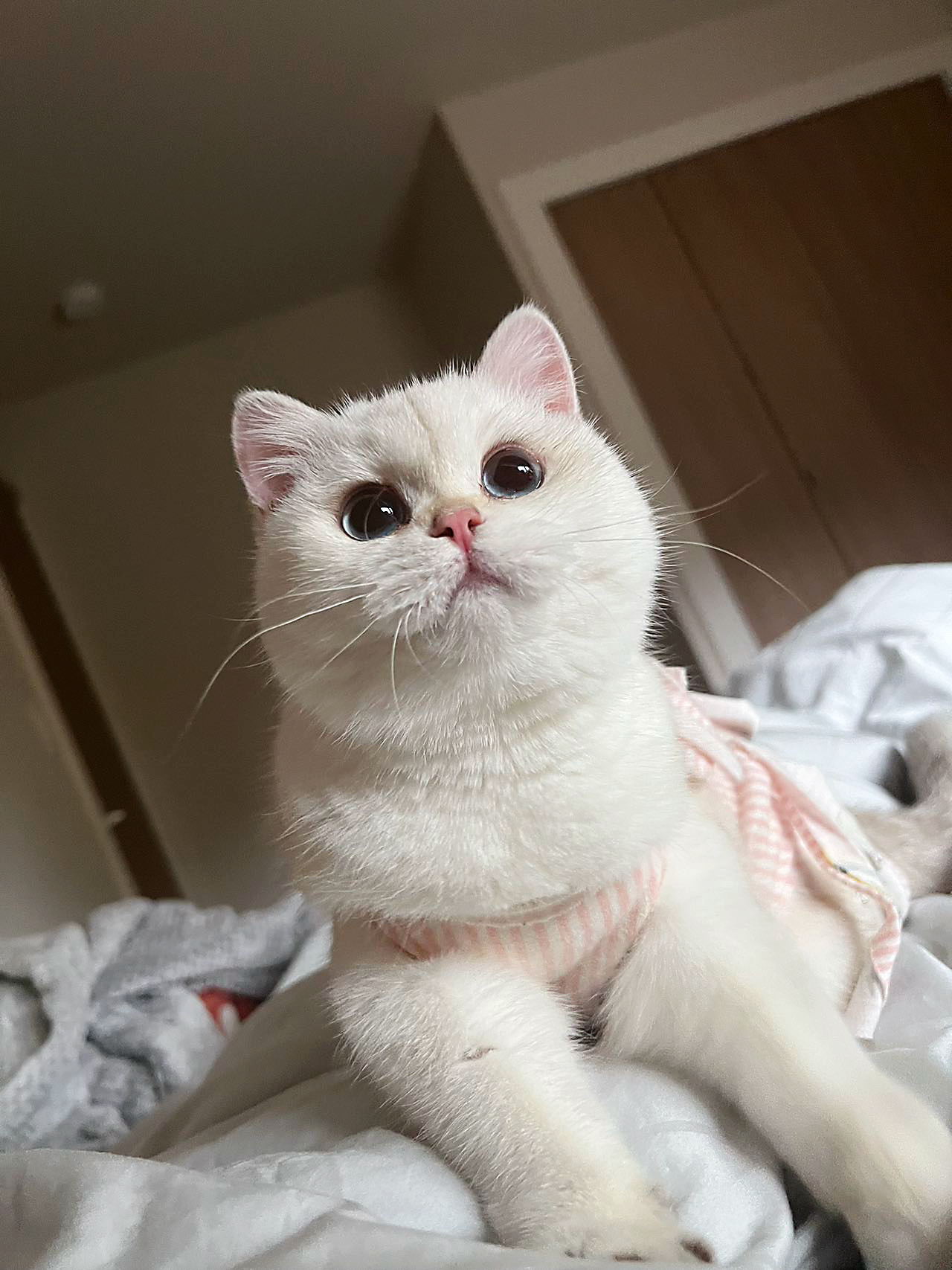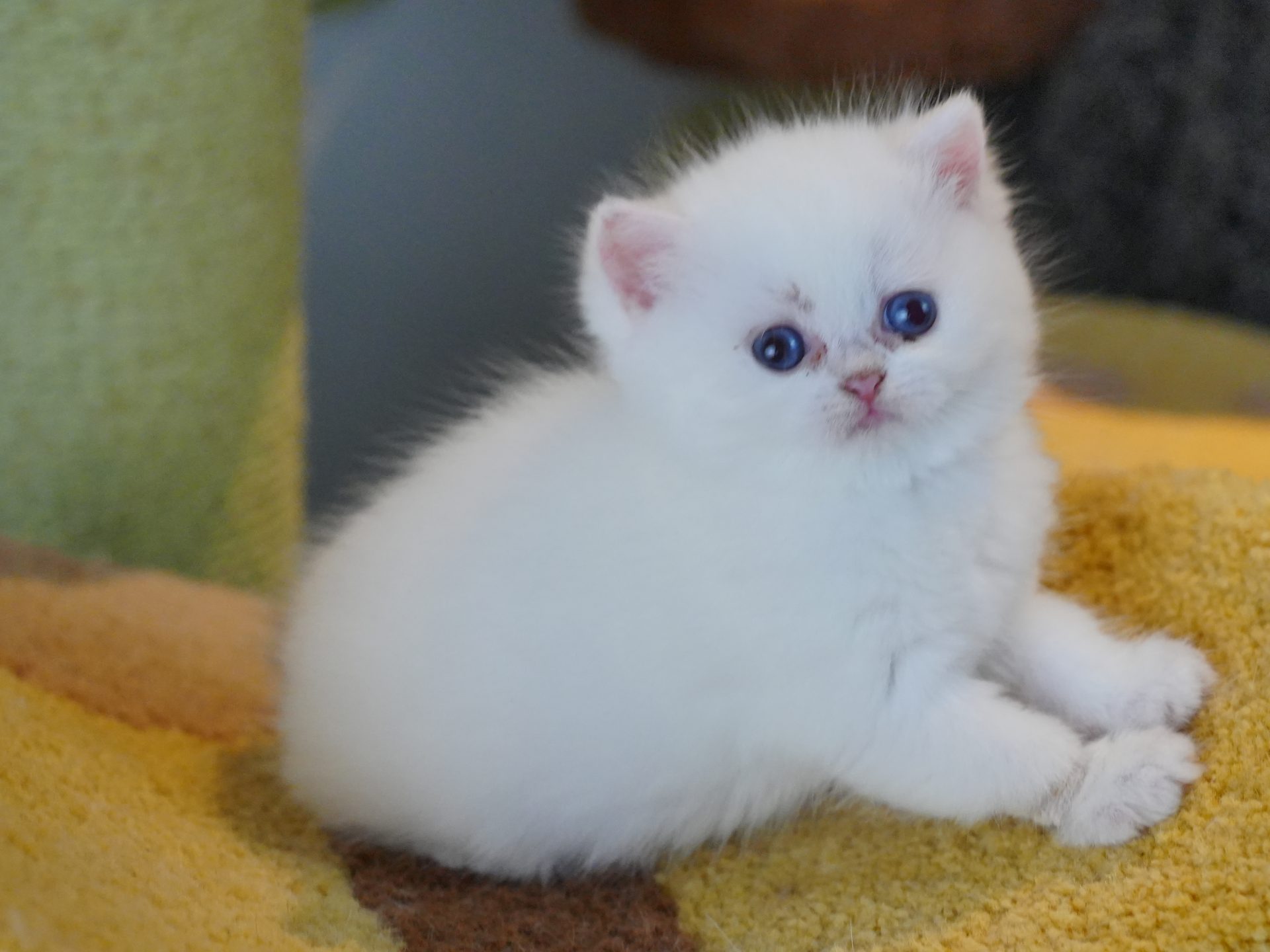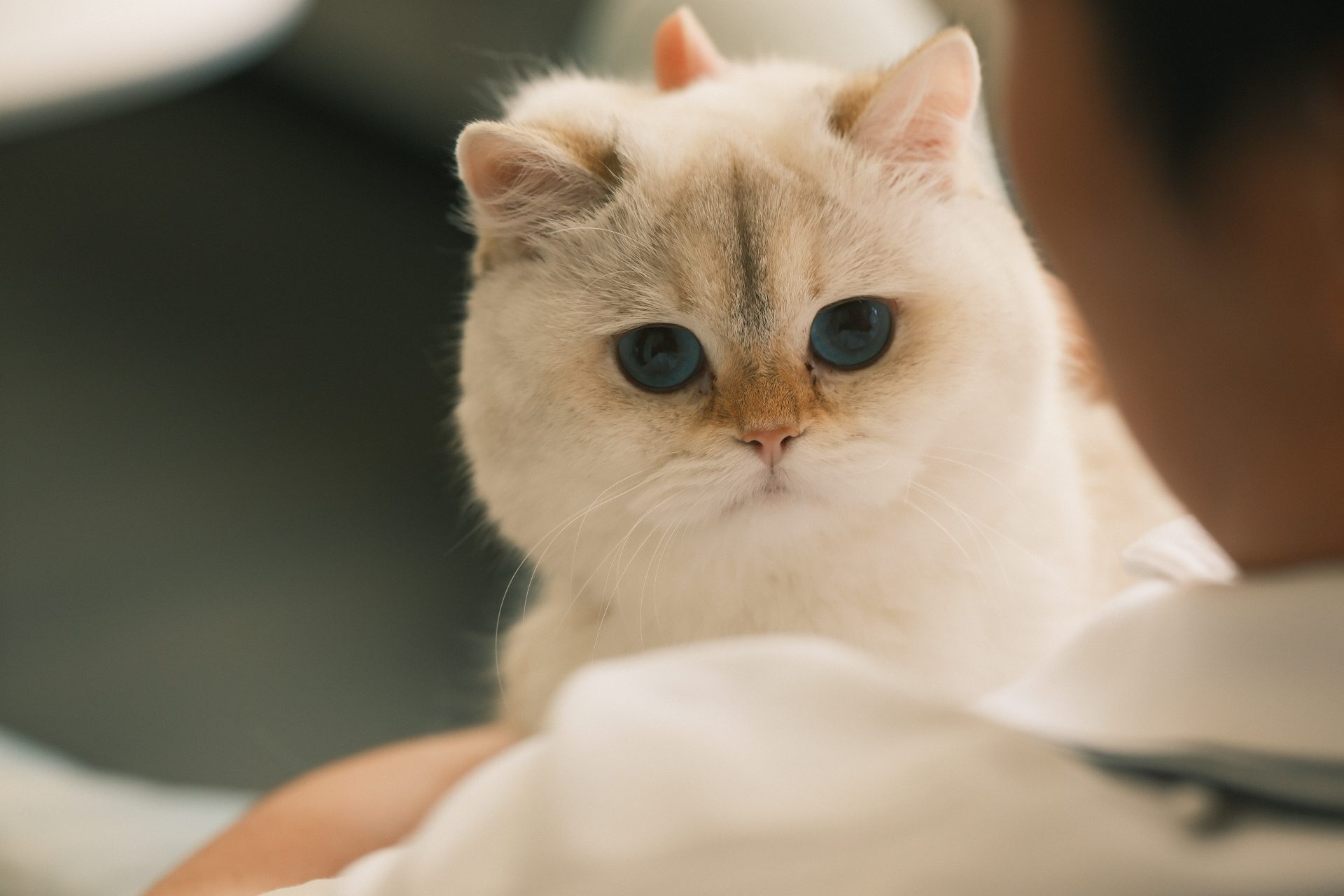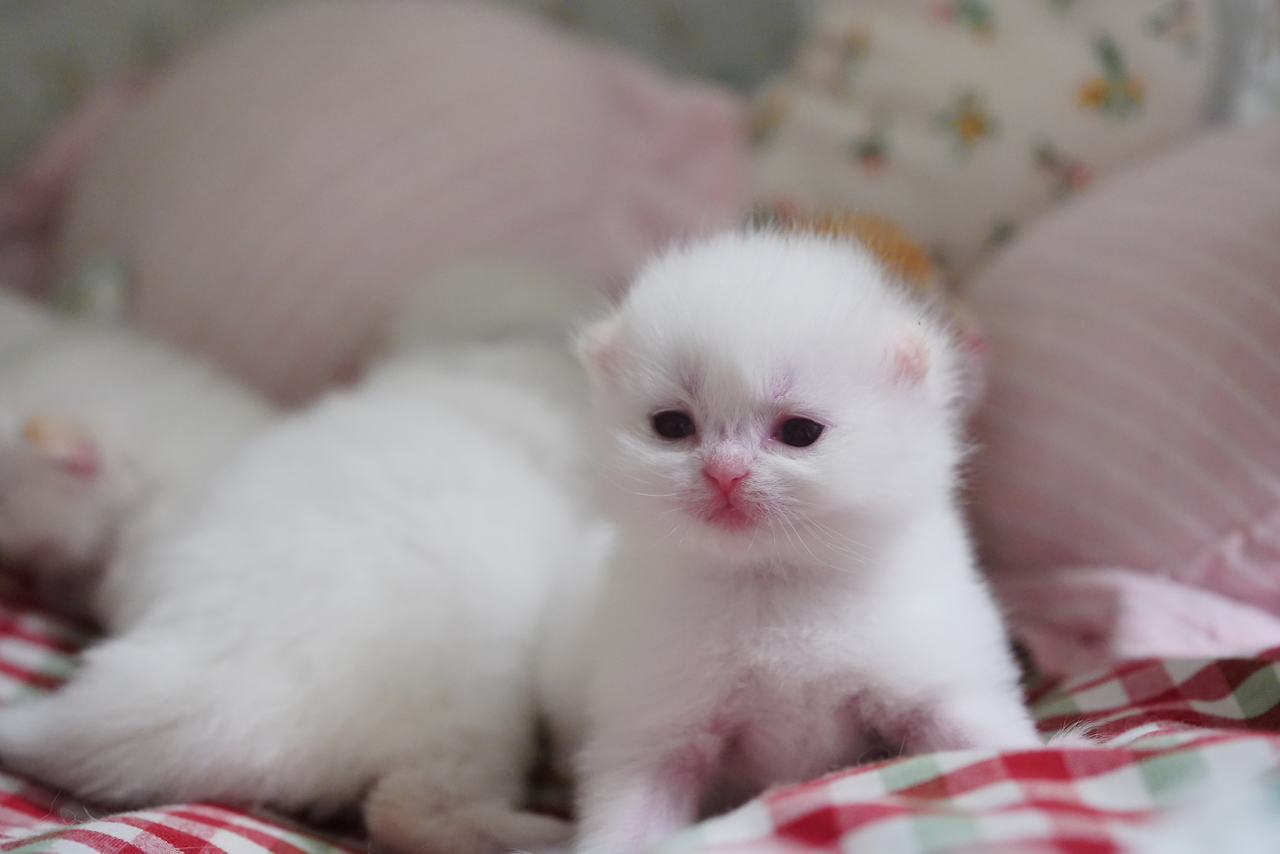Golden British Shorthair Cat with Colorpoint Markings
The Fascinating Genetics of Golden British Shorthair Cats
Introduction
When cat lovers think of colorpoint cats, breeds like the Siamese and Ragdoll often come to mind, famous for their distinctive dark faces, ears, and extremities. However, the golden British Shorthair Cat with colorpoint markings is another stunning example of this genetic trait. Unlike the classic British Shorthair golden coat, these cats exhibit a predominantly white body with golden and black shading concentrated in specific areas. This unique appearance results from the colorpoint gene, which influences coat pigmentation based on temperature. But where does this gene come from, and how does it affect a cat’s overall look? Let’s explore the fascinating genetics behind the golden British Shorthair cat with colorpoint markings.
What is the Colorpoint Gene?
Why Golden British Shorthair Cat so charming
Colorpoint is not a standalone coat color but rather a genetic trait affecting pigmentation. This gene acts as a form of temperature-sensitive albinism, meaning it suppresses pigment production in warmer areas of the body while allowing cooler extremities—such as the face, ears, legs, and tail—to display color.




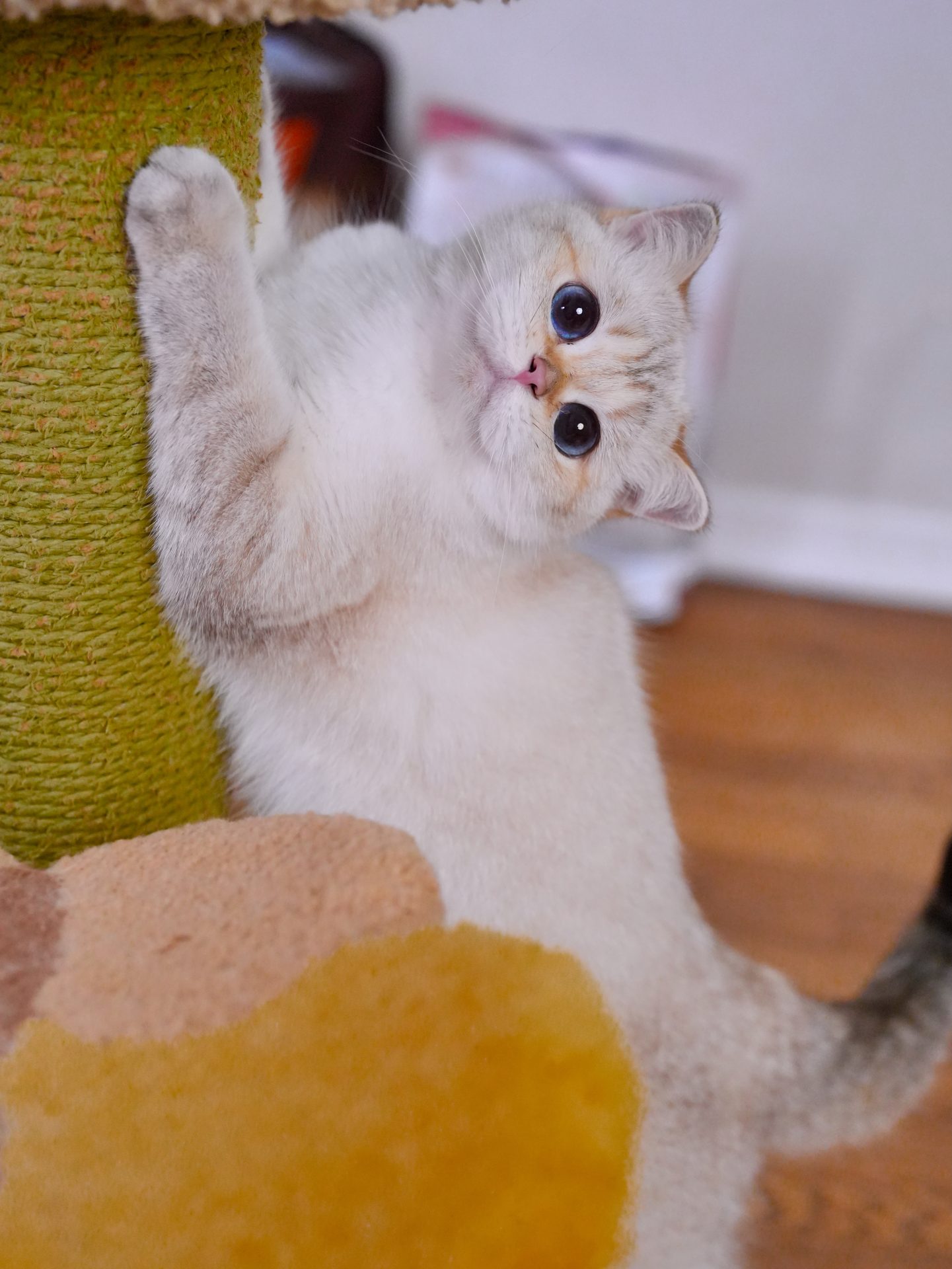



How Temperature Affects Coat Color
The temperature makes Golden British Shorthair Cat colorful
The colorpoint gene is particularly responsive to temperature. Because a cat’s torso maintains a higher temperature, these areas remain lighter or even white, whereas cooler parts develop deeper hues. This effect is why kittens are often born with paler coats that darken over time, as body temperature slightly decreases with age.
The Origins of the Colorpoint Gene in Golden British Shorthair Cat
The colorpoint gene has multiple variations, with its most recognized expressions being the Siamese and Burmese types. The genetic origins of these traits trace back to Southeast Asia, specifically Thailand (formerly Siam) and Myanmar (formerly Burma).
The Three Alleles of the Colorpoint Gene in of Golden British Shorthair Cats
There are three primary alleles that determine whether a cat exhibits colorpoint markings:
– C: Wild-type (full color, no colorpoint expression)
– cb: Burmese colorpoint
– cs: Siamese colorpoint
The hierarchy of dominance among these alleles is: C > cb = cs. Unlike full dominance, cb and cs exhibit a co-dominant relationship, meaning that cats inheriting one of each can develop a unique mink-colored coat.
Genotypes and Their Expressions
– C/C, C/cs, C/cb → Full-colored cats with no colorpoint markings
– cb/cb → Burmese colorpoint, producing warm-toned markings
– cs/cs → Siamese colorpoint, producing strong contrast in coat color
– cb/cs → Mink colorpoint, an intermediate phenotype with softer transitions
These genetic variations explain the diverse range of appearances in British Shorthair golden colorpoint cats.
How Colorpoint Affects Eye Color
Many cat lovers associate blue eyes with white cats, often linking them to a risk of deafness. However, blue-eyed British Shorthair golden colorpoint cats do not share this genetic risk. Their eye color is influenced by the same albinism gene that affects their coat, without impacting hearing.
The Relationship Between Colorpoint and Eye Color
Different genetic combinations determine eye pigmentation:
– cs/cs (Siamese-type colorpoint) → Blue eyes due to strong melanin suppression
– cb/cb (Burmese-type colorpoint) → Yellow or green eyes due to moderate melanin suppression
– cb/cs (Mink-type colorpoint) → Aquamarine eyes, blending blue and green hues
Newborn kittens typically have blue eyes, as their iris pigmentation is underdeveloped. Their true eye color becomes more apparent around 6–7 weeks and fully matures by 3–4 months.
The Beauty of the Golden British Shorthair Cat with Colorpoint Markings
The British Shorthair gold colorpoint cat showcases an extraordinary blend of genetics and environmental influences. Their luxurious coat, sturdy build, and striking eyes make them a unique addition to the British Shorthair breed. Whether you are a breeder, an enthusiast, or simply an admirer of beautiful cats, understanding the genetics behind these cats enhances appreciation for their charm and rarity.
Conclusion
The golden British Shorthair cats with colorpoint markings is a fascinating example of genetic diversity within the breed. From their temperature-sensitive coat patterns to their mesmerizing eye colors, these cats exemplify the intricate interplay of genetics and environment. Whether you are drawn to their striking appearance or their affectionate temperament, one thing is certain—these cats are truly special.
Reference
1. UCDavis: https://vgl.ucdavis.edu/test/colorpoint-restriction
2. The Governing Council of the Cat Fancy: https://www.gccfcats.org/wp-content/uploads/2021/10/British-Shorthair.pdf
3. The Cat Fanciers’ Association: https://cfa.org/breed/british-shorthair/

